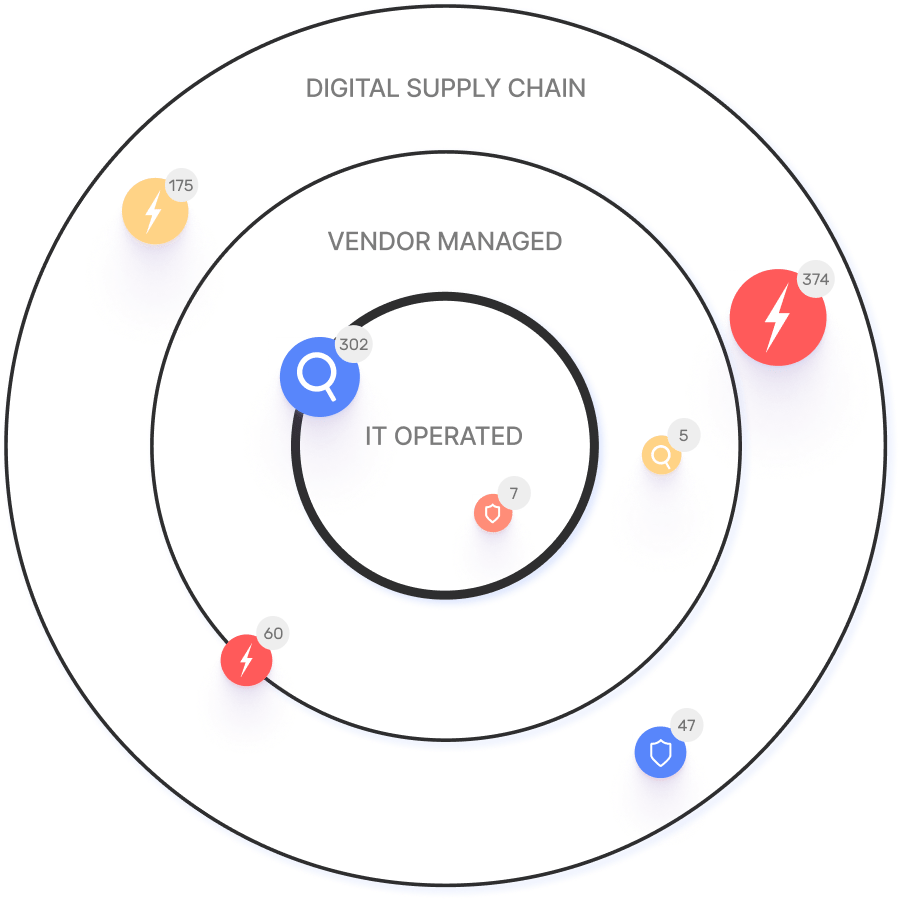Cross-Site Scripting (XSS): Types, Detection, and Prevention
Cross-site scripting (XSS) attacks allow an attacker to inject malicious scripts into the code of a webpage. When a user visits that page, their browser executes the code, which can steal sensitive data or take other malicious actions within the context of the browser.
In this article
XSS vulnerabilities often rank highly among web application vulnerabilities due to their ability to trick a user’s computer into running malicious code. By exploiting poor input validation, which allows the attacker to inject code into a webpage, this attack defeats the same-origin policy and permits the theft of highly sensitive data.
Understanding XSS Attack Types
XSS attacks come in a few different forms, which are differentiated by the way that the attacker inserts malicious code into a webpage and the potential scope of the intrusion. Many modern web frameworks include anti-XSS protections, but they are not always effective.
Three Types of XSS Attacks
XSS attacks involve injecting malicious scripts into the code of a webpage. These attacks are classified into three categories:
- Stored XSS: In a stored XSS attack, the malicious scripts are stored on the web server and served to all visitors to the webpage. For example, an attacker may exploit an XSS vulnerability to embed a malicious script in a comment on a webpage, and this script would be run within the browser of any user who was shown the malicious comment.
- Reflected XSS: These XSS attacks reflect malicious scripts off the web server, often only affecting a single user. This is commonly accomplished via URL parameters or form submissions, where the malicious script is included in user-provided input that the website includes within the HTML page.
- DOM-based XSS: DOM-based XSS attacks involve vulnerabilities in client-side scripts that locally process user input and update the DOM on the client machine. In this case, the malicious code is solely on the client machine and never reaches the server.
These three techniques can be used to deliver various payloads to a target system. For example, they might steal credentials or cookies, redirect a user to a malicious site, or log the user’s keystrokes.
Cross-Site Scripting in Modern Web Frameworks
Modern web frameworks, such as React or Vue, commonly incorporate protection against XSS attacks. However, applications built in these frameworks can still be vulnerable to attack if used incorrectly.
For example, DOM-based XSS attacks arise from vulnerabilities in client-side scripts that manipulate the DOM. Web frameworks commonly support DOM manipulation, so an insecure script could create XSS vulnerabilities. Additionally, an application may import third-party libraries and scripts that contain XSS vulnerabilities.
XSS Detection and Testing
Some methods of detecting and testing for XSS vulnerabilities in web application code include the following:
- Automated Tools: XSS’s role as a major web application security threat means that many web app security tools will test for it. These scanners will look for code that permits script code to be embedded within user input and included in a webpage.
- Manual Testing: Testers can also manually check a webpage for potential XSS vulnerabilities. This has the potential to tailor payloads to work on unusual injection vectors or to bypass inadequate security controls.
- Logging and Monitoring: In production environments, logging and monitoring are essential to identify XSS attacks. For example, logs may include requested URLs, which can contain malicious input designed to perform a reflected XSS attack.
XSS Prevention Strategies
XSS vulnerabilities are a major security threat to web applications. Some best practices and tools for protecting against them include the following:
- Input Sanitization: Most XSS attacks involve the attacker injecting a script into a webpage via malicious user input. Sanitizing all user-provided input to identify and filter script code and other invalid or disallowed inputs can help to protect against XSS attacks.
- Output Encoding: XSS attacks rely on attacker-provided data being embedded in the HTML or other code of a webpage and interpreted as code. Encoding or escaping all user-provided input before including it in HTML, CSS, JavaScript, or URLs can prevent this from happening. This type of protection is commonly implemented within modern web frameworks.
- Content Security Policy (CSP): A CSP can specify the sources of executable scripts within a webpage. Including CSPs in headers can tell the client browser if a potential script should be run.
- Content Type Headers: HTTP headers include the Content-Type and X-Content-Type-Options headers to specify the type of content intended to be included in a particular page. Setting these headers informs the client browser how to interpret the provided data.
- Vulnerability Scanning: Static code analysis and dynamic testing can both help to uncover XSS vulnerabilities. Running tests both during the development process and at regular intervals in production can help to identify issues in the code or those that might be introduced later via libraries or third-party code.
Securing Web Applications with IONIX
XSS attacks are a leading threat to web applications. Despite built-in defenses in many modern web development frameworks, applications can still be vulnerable to these attacks, which permit an attacker to execute malicious code within the context of a victim’s browser. This can be used to steal credentials and other sensitive data entered into the page.
The IONIX platform offers protection against this and other common web application security risks via continuous monitoring and attack simulation. By providing visibility into an organization’s true external digital attack surface, IONIX enables security teams to focus their efforts on addressing the most likely and significant threats to the business. To learn more about how to reduce your organization’s attack surface and threat exposure with IONIX, register for a demo.



